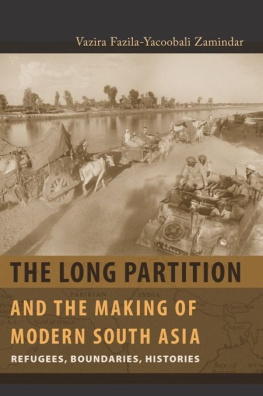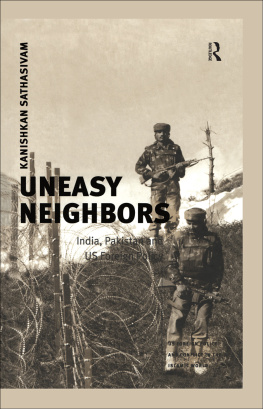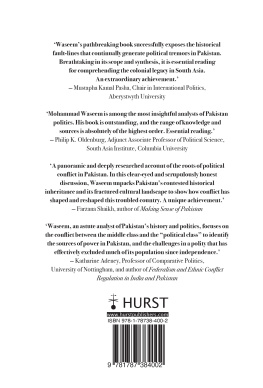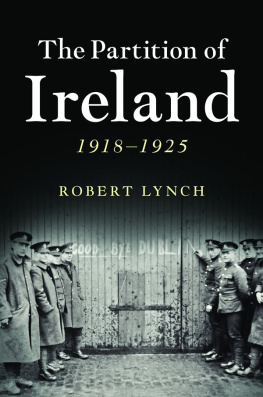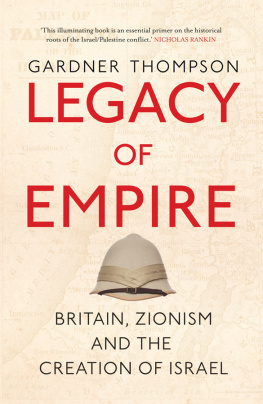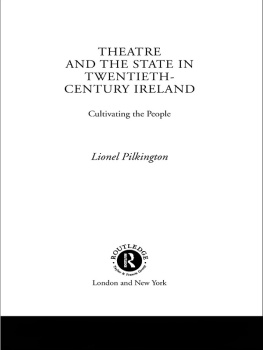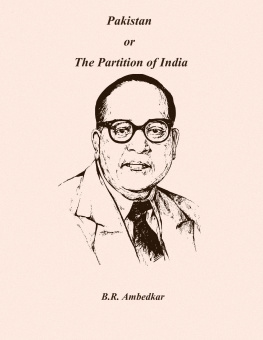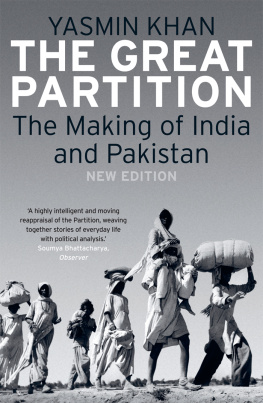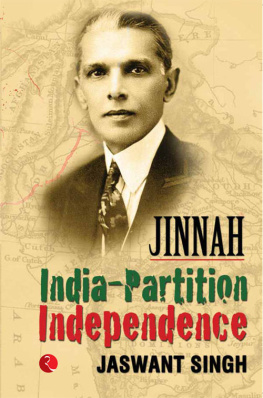EDITED BY ARIE M. DUBNOV AND LAURA ROBSON
PARTITIONS
A Transnational History of Twentieth-Century Territorial Separatism
STANFORD UNIVERSITY PRESS
STANFORD, CALIFORNIA
Stanford University Press
Stanford, California
2019 by the Board of Trustees of the Leland Stanford Junior University.
All rights reserved.
This book has been partially underwritten by the Peter Stansky Publication Fund in British History. For more information on the fund, please see www.sup.org/stanskyfund.
No part of this book may be reproduced or transmitted in any form or by any means, electronic or mechanical, including photocopying and recording, or in any information storage or retrieval system without the prior written permission of Stanford University Press.
Printed in the United States of America on acid-free, archival-quality paper
Library of Congress Cataloging-in-Publication Data
Names: Dubnov, Arie, editor. | Robson, Laura, editor.
Title: Partitions : a transnational history of twentieth-century territorial separatism / edited by Arie M. Dubnov and Laura Robson.
Description: Stanford, California : Stanford University Press, 2019. | Includes bibliographical references and index.
Identifiers: LCCN 2018035357 (print) | LCCN 2018036465 (ebook) | ISBN 9781503607682 (e-book) | ISBN 9781503606982 (cloth : alk. paper) | ISBN 9781503607675 (pbk. : alk. paper)
Subjects: LCSH: Partition, TerritorialHistory20th century. | PalestineHistoryPartition, 1947. | IrelandHistoryPartition, 1921. | IndiaHistoryPartition, 1947. | Great BritainColoniesHistory20th century. | DecolonizationHistory20th century.
Classification: LCC KZ4028 (ebook) | LCC KZ4028 .P37 2018 (print) | DDC 341.4/2dc23
LC record available at https://lccn.loc.gov/2018035357
Typeset by Newgen in 10.75/15 Adobe Caslon
Cover design by Christian Fuenfhausen
Cover art by Piotr Debowski, Shutterstock
CONTENTS
ARIE M. DUBNOV AND LAURA ROBSON
FAISAL DEVJI
ARIE M. DUBNOV
MOTTI GOLANI
KATE OMALLEY
LUCY CHESTER
PENNY SINANOGLOU
ADI GORDON
JOEL BEININ
PRIYA SATIA
A. DIRK MOSES
ACKNOWLEDGMENTS
This collection has been a long time in the making, and we owe debts to the many institutions and people who helped along the way. Some of the chapters were first prepared for the workshop Partitions: Towards A Transnational History of Twentieth Century Territorial Separatism, which took place at Stanford Universitys Humanities Center, April 1819, 2013. Others grew out of conversations that began at the International Seminars on Decolonization, sponsored by the National History Center, the American Historical Association, and the John W. Kluge Center of the Library of Congress. We are grateful to Aron Rodrigue, Amir Eshel, and Kristen Alff, each of whose help was crucial to kicking off the project, and to Dane Kennedy for his commentary and camaraderie. At Stanford University Press, Margo Irvin deserves an additional note of appreciation for her generous support and sedulous work, from initial review through production to the final product. We also thank our institutional homes, the Departments of History at George Washington University and Portland State University, for their support throughout this process.
Above all, we extend our sincere gratitude to the civic-minded contributors to this volume, for their perseverance throughout the prolonged process of turning abstract ideas into an actual book and for their long-term commitment to the joint project. The subject matter we have chosen to investigatewhich demands not only familiarity with a large number of archival depositories but also linguistic skills and regional expertise beyond the abilities of a single individualnecessitates a group effort. But more crucially, it requires scholars willing to step outside their comfort zones to engage in an unusual transnational inquiry and work together toward a common vision. We are delighted to have the opportunity to thank all of them for making this project such an intellectually rewarding journey.
MAPS

Map 1a Ireland before 1921

Map 1b The Free Irish State and Northern Ireland and the 1925 Irish Boundary Commission Line

Map 2a Royal Commission Partition Plan, 1937

Map 2b United Nations Partition Plan for Palestine (Resolution 181 (II)), 1947

Map 3a The British Raj, 19191947

Map 3b The Partition of India and Pakistan, 1947
INTRODUCTION
DRAWING THE LINE, WRITING BEYOND IT
Toward a Transnational History of Partitions
Arie M. Dubnov and Laura Robson
THE MODERNITY OF PARTITION
Partition is having a moment. In the past twenty years, the idea of physically dividing territories along ethno-religious lines as a solution to communal strife has suddenly reemerged, conveniently divorced from its disastrously violent history, as a fashionable technique of conflict resolution. From the former Yugoslavia to Syria, from Israel/Palestine to Sudan, varying forms of internationally organized, ethnically based re-divisions of territory have repeatedly been proposedand in some cases implementedas useful tools for solving intractable ethnic conflicts. Such contemporary discussions depict partition as a logical and even inevitable, if regrettable, answer to widely divergent but equally difficult problems of ethnic strife across the globe. But it was not always so. Far from representing a natural solution to ethnic discord, the concept is no more than a hundred years old.
The idea of partition as an answer to ethnic, national, and sectarian conflict emerged for the first time out of the new conversations surrounding ethnicity, nationhood, and citizenship during and immediately after the First World War, against a backdrop of European imperial politics. The wartime collapse of the old central European and Ottoman empires and the emergence of new notions of the nation-state highlighted an essential paradox: the rise of new anticolonial nationalisms and a
These agreements promoted a new political language of ethnic separatism as a central aspect of national self-determination, while protecting and disguising continuities and even expansions of French and, especially, British imperial power.
Partition, then, belonged firmly within the imperial realm; it was less a vehicle for national liberation than a novel, sophisticated dvide et imper tactic that sought to co-opt the new global tilt toward the ethnic nation-state. As such, the meaning of partition necessarily shifted after a second world war and the concomitant collapse of British imperial rule. Schemes originally conceived as part of a new type of imperial governance in the guise of internationalism seemed, after 1945, to offer quick and efficient exit strategies that also held out the tantalizing possibility of continued postcolonial influence for Britain. Following the Second World War, two further partitions were proposed and partially enacted in the decolonizing territories of India-Pakistan and Palestine-Israel, accompanied by a level of violence and dislocation unprecedented in either place (though perhaps matched by the brutality of the almost simultaneous mass population expulsions in Eastern Europe). By midcentury, the political solution of partition had arrived with a vengeance.
Next page

